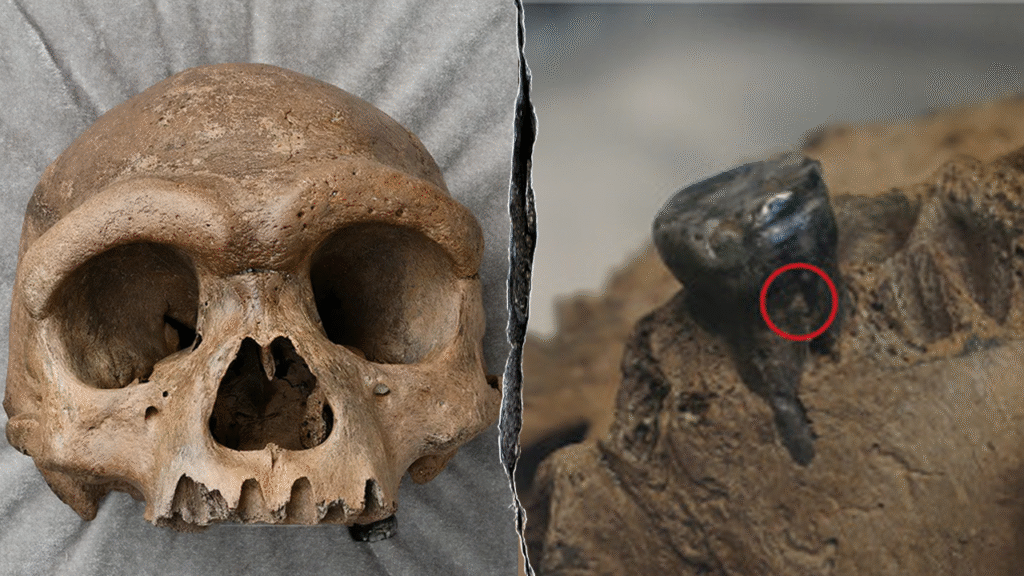In a remarkable breakthrough regarding human evolution, researchers have reclassified a mysterious skull, dubbed the “dragon man,” which was unearthed in the 1930s. Initially considered a potential new species, the findings published in the prestigious journals Cell and Science have led to its identification as a Denisovan, an ancient hominin closely related to Neanderthals and modern humans. The skull, dating back approximately 146,000 years, illustrates the complexities and challenges in paleoanthropological research and underscores the ongoing journey of understanding human ancestry.
Historically, the Denisovans were isolated through their genomic and proteomic studies. Despite the rich data on their existence, obtaining viable samples for further analysis has proven to be quite challenging. The initial attempts to extract DNA from a tooth linked to the dragon man were unsuccessful, raising doubts and thwarting efforts for conclusive identification. Researchers faced similar difficulties when they examined the Harbin cranium, further complicating the process of understanding this ancient individual.
Recognizing the shortcomings of traditional methods, the research team turned to an innovative approach that involved analyzing dental calculus, the calcified plaque that accumulates on teeth over time. This material, often overlooked, has shown considerable promise in other DNA studies due to its dense crystalline structure. The uniqueness of dental calculus lies in its ability to preserve genetic material, effectively shielding it from environmental degradation and modern contamination. To ensure accuracy, the researchers utilized bleach on the samples to eliminate any contemporary DNA before initiating their analysis.
Once they successfully extracted DNA from the dental plaque, comparisons with existing samples commenced. The results brought forth surprising yet significant revelations. Contrary to earlier hypotheses which hypothesized that the “dragon man” represented an undiscovered branch of the human family tree, it was established that the skull indeed belonged to the known group of Denisovans. Notably, this specimen was dubbed the first intact specimen of its kind, providing a more direct appraisal of the physical characteristics and potential behaviors of these ancient humans.
The discovery of the “dragon man” occurred under rather intriguing circumstances. It was located by a Chinese laborer while he was working on a bridge over the Songhua River in Heilongjiang province, an area whose name translates to the Black Dragon River. In a historical context marked by conflict, the laborer was advised to keep the skull hidden from the Japanese army, which occupied China during that period. Following his death in 2018, the laborer’s family relocated the skull to the Geoscience Museum, where it was later studied by Professor Qiang Ji from Hebei GEO University.
Even with the strides made in understanding the dragon man, the researchers have noted that limitations persist. This ancient discovery is a crucial puzzle piece in the overarching narrative of human evolution, but much remains to be explored. The intricate relationships between Denisovans, Neanderthals, and modern humans are still being pieced together, providing fertile ground for future studies and discoveries in human ancestry.
In conclusion, the identification of the “dragon man” as a Denisovan marks a significant milestone in paleoanthropology, reinforcing the complexity of our evolutionary journey. The research not only demonstrates the scientific community’s resilience amid challenges but also exemplifies how new methodologies can lead to illuminating discoveries. As research continues to evolve, the findings regarding the Denisovans and their connection to other ancient humans will undoubtedly enrich our understanding of the human story. The contributions by key figures, including Fox News Digital’s Julia Musto and reporter Nick Butler, serve to highlight the importance of bringing these vital discoveries to a broader audience.



